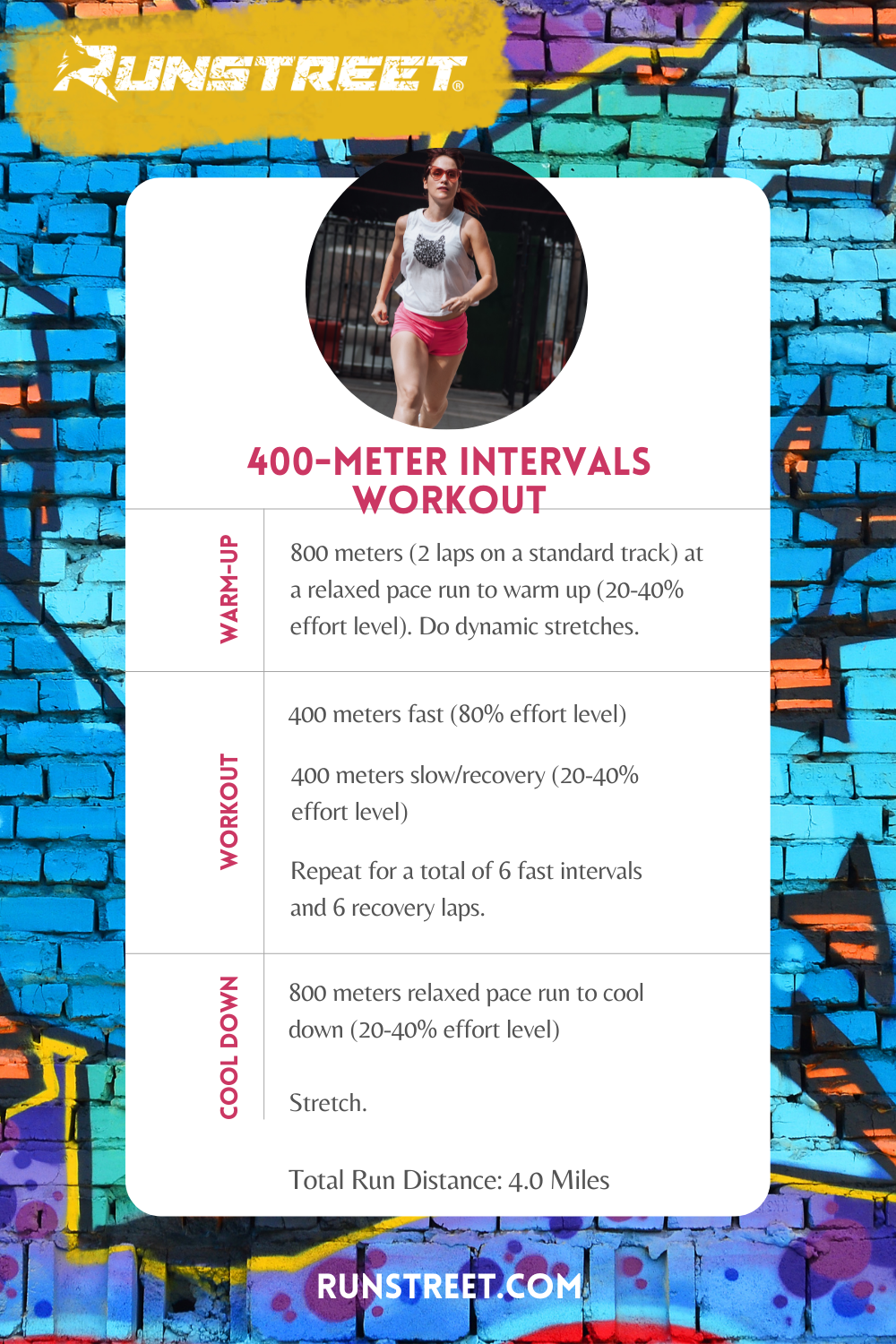Enhance Your Running Workout: Expert Strategies Unveiled
Enhance Your Running Workout: Expert Strategies Unveiled
Blog Article
The Ultimate Overview to Managing Pain When Running
For runners, experiencing pain throughout runs is not unusual, and recognizing how to efficiently handle and avoid it can make a substantial distinction in your overall performance and enjoyment of the sporting activity. Whether you are an experienced marathoner or simply beginning your running trip, understanding the various types of pain that can develop and the approaches to resolve them is vital. From pre-run workout regimens to proper footwear selection, there are various aspects to consider when it pertains to managing pain while running. This thorough guide will furnish you with the understanding and tools required to navigate via the pain and empower you to achieve your running goals with better convenience.

Understanding Various Sorts Of Running Discomfort
When running, it is important to compare various kinds of pain to avoid injuries and make best use of efficiency (Read More). One usual kind of discomfort that joggers may experience is muscle discomfort, which normally arises from the tension put on muscle mass during workout. This kind of discomfort is commonly a normal part of the running procedure and can be managed via proper warm-up, cool-down, and extending regimens
An additional sort of pain to be familiar with is joint pain. Joint pain can indicate problems such as overuse, improper kind, or underlying conditions like joint inflammation. Disregarding joint discomfort can lead to extra severe injuries, so it is critical to deal with any type of discomfort promptly and perhaps seek specialist recommendations.
In addition, sharp or stabbing pains must not be ignored. These sorts of discomfort can signify intense injuries such as strains, sprains, or anxiety cracks - running strategy. Continuing to go through these kinds of discomfort can aggravate the injury and prolong recovery time

Pre-Run Warm-Up and Stretching Routine
To prepare the body for a running session, applying a reliable pre-run warm-up and stretching routine is important. A correct workout aids enhance blood flow to the muscular tissues, boosts flexibility, and decreases the threat of injury throughout the run. Begin with dynamic stretches like leg swings, arm circles, and high knees to slowly elevate your heart price and loosen up the muscle mass. Dynamic stretching aids resemble the activities you'll be doing while running, preparing your body for the task in advance. Follow this with fixed stretches focusing on significant muscle mass teams such as the hamstrings, quadriceps, calves, and glutes. Hold each go for regarding 15-30 seconds without jumping to promote muscle relaxation and flexibility. Bear in mind to pay attention to your body and readjust the intensity of your warm-up based on your fitness degree and any kind of pre-existing problems. By integrating a constant pre-run warm-up and extending regular into your running program, you can enhance performance and minimize the risk of pain or injury.
Appropriate Shoes Choice and Fit
When choosing running shoes, it is necessary to take into consideration factors such as foot type, running stride, arch assistance, padding, and footwear size. Going to a specialty running store for a stride evaluation and specialist fitting can aid make sure that you choose the right shoes for your specific demands. Spending in top notch shoes that is ideal for your running style and foot anatomy is a proactive action in the direction of avoiding pain and injuries during your runs.
Nutrition and Hydration Tips for Discomfort Prevention

Hydration is similarly important for runners to stay clear of cramps, dehydration, and various other discomforts that can lead to pain throughout running. By prioritizing nutrition and hydration, runners can improve their efficiency, reduce pain, and enjoy a more comfy running experience.
Post-Run Recuperation Techniques to Alleviate Discomfort
Executing effective recovery strategies is essential for easing pain and promoting muscular tissue healing after running sessions. One essential post-run recuperation technique is stretching. Including static stretches for major muscle groups can help in reducing muscle mass tension and pain. Foam rolling is one more advantageous practice to release muscular tissue tightness and enhance blood circulation to the muscles, helping in quicker recovery. Furthermore, topping aching areas for 15-20 mins can help in reducing inflammation and numb discomfort post-run.
Moisturizing properly post-run is crucial for replenishing fluids lost during workout and helping in muscle mass recuperation. Eating a balanced treat or dish that includes healthy protein and carbs within thirty minutes of finishing a run can assist fix muscle mass tissue and restore power shops. In addition, obtaining sufficient rest is essential for enabling the body to fix and reinforce muscles. Integrating active recuperation tasks such as light walking or swimming can additionally help promote blood circulation and decrease muscle mass tightness - Read More. By integrating these post-run healing methods into your routine, you can successfully handle discomfort and maximize your resource running efficiency.
Conclusion
In conclusion, resolving various types of running pain via correct warm-up, stretching, shoes selection, nutrition, hydration, and post-run recovery strategies is crucial for discomfort prevention and administration. By understanding the sources of discomfort and implementing these approaches, joggers can decrease pain and prospective injuries. It is vital to prioritize total physical wellness and health to make certain an effective and pleasurable running experience.
Report this page